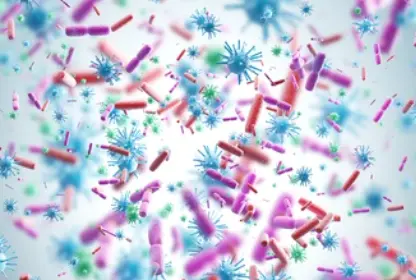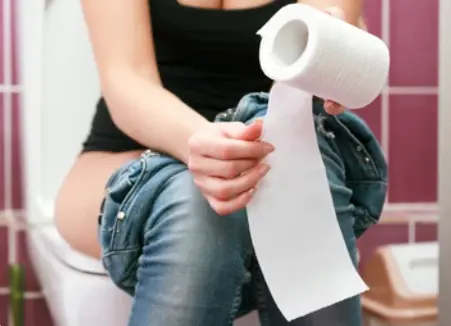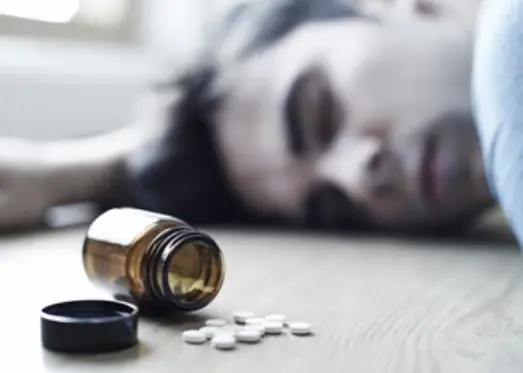 Welcome
Welcome
“May all be happy, may all be healed, may all be at peace and may no one ever suffer."
Head lice - Generics
Head lice are tiny insects that live on the scalp and feed on blood. They are very common, especially in children who are in close contact with each other, such as in schools or daycare centers. Head lice are not a sign of poor hygiene, and anyone can get them.
The most common symptom of head lice is intense itching on the scalp, neck, and ears. You may also notice small, white eggs (nits) attached to the hair shafts, as well as tiny insects that move quickly. It is important to note that not everyone with head lice will experience itching, and the presence of nits does not necessarily mean an active infestation.
Treatment for head lice usually involves using an over-the-counter or prescription medication that kills the lice and their eggs. These medications may come in the form of a shampoo, lotion, or cream rinse, and should be used as directed. It is important to follow the instructions carefully to ensure that all the lice and nits are eliminated.
In addition to medication, it is important to thoroughly clean and disinfect items that may have come into contact with lice, such as bedding, clothing, and hair accessories. Vacuuming carpets and upholstery can also help remove any lice or nits that may have fallen off the scalp.
It is important to remember that head lice can be easily spread, so it is important to take steps to prevent re-infestation. This may include avoiding close contact with others who have lice, not sharing personal items like combs or hats, and regularly checking for signs of lice.

Neuritis of pregnancy

Bacterial corneal ulcer

Congenital ichthyosis

Functional diarrhea

Scaling skin conditions

Bone and Joint Infections

Staphylococcus Aureus

Enoxaparin or dalteparin...
Head lice, উকুন
To be happy, beautiful, healthy, wealthy, hale and long-lived stay with DM3S.